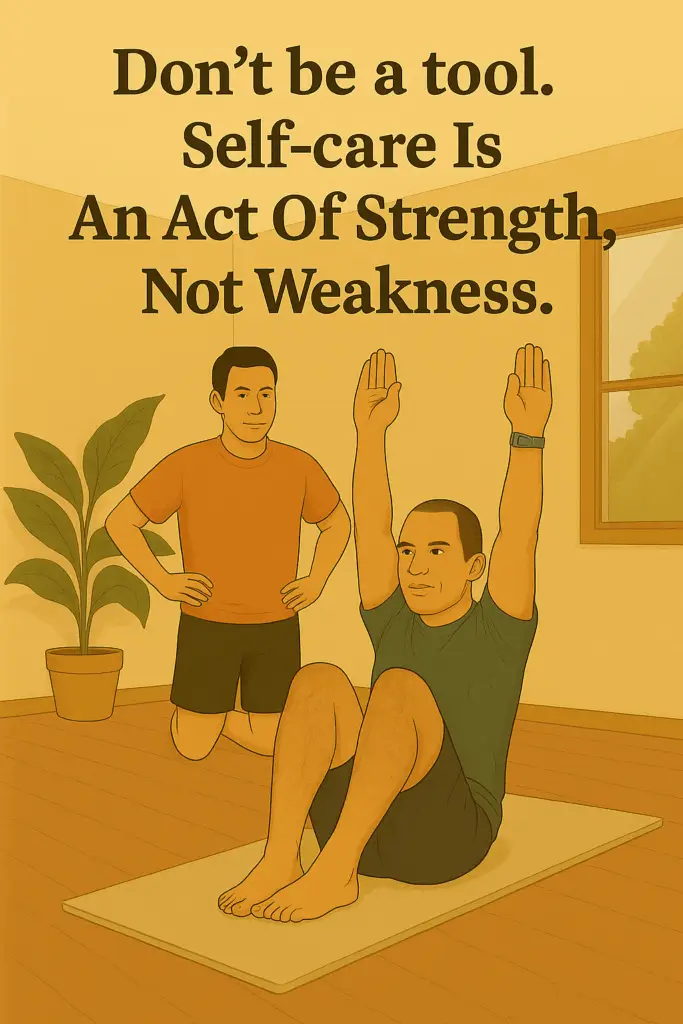
Your Body Is Not a Tool—It’s a Tensegrity System
Most men treat their body like a tool.
Use it. Push it. Sharpen it. And when it breaks—tape it up and keep going.
But what if that’s the wrong model?
What if your body is less like a hammer… and more like a suspension bridge?
🧬 What Is a Tensegrity Structure?
Tensegrity is a principle of architecture and biology that describes how a system holds its shape through tension and compression in balance.
In your body, that means:
- Fascia suspends bones, not just muscles.
- Muscles work in continuous loops—not linear pairs.
- Stability comes from distributed force, not just strong joints.
This concept is well explored in tensegrity structures in the body, where bones float in a sea of soft tissue and movement is the result of dynamic relationships—not rigid levers.
When one area tightens or collapses, everything else has to adjust—sometimes with pain, sometimes with compensation.
🧠 The “Tool Mindset” Is Costly
Most men were taught to push through discomfort, to train harder, and to earn results through effort alone.
But this approach overlooks the systemic balance that your body depends on:
- Strength in one plane + stiffness in another = injury
- Big lifts without joint hydration = compression, not growth
- No fascia prep = poor rebound and reduced circulation
Fascia doesn’t just wrap muscles—it governs how force travels through the body. Fascia’s role in structural balance is central to preventing overload and sustaining performance.
A tensegrity system doesn’t respond well to brute force. It needs strategy.
🔧 The Shift: From Hammer to Suspension Bridge
What if instead of forcing your body, you prepared it?
- What if warm-ups focused on joint mobility and fascial hydration, not just heat?
- What if your training helped restore balance before pushing capacity?
- What if you saw self-care as performance insurance, not a luxury?
🛠️ ELDOA: Biotensegral Fitness in Action
This is where tools like ELDOA, myofascial stretching, and segmental reinforcement come in.
They create:
✅ Precise decompression
✅ Vector-aligned tension
✅ Functional hydration of discs and joints
✅ Endurance without compensation
It’s not flashy. But it works. And it lasts.
In fact, fascia-related dysfunction is often a root cause of training breakdown. Learn more about overuse injuries and movement compensation and how smarter prep can make the difference.
📣 Final Thought: Pride in Structure
During Men’s Health Month and Pride Month, the message is simple:
➡️ Pride in yourself starts with knowing yourself.
➡️ You can’t give what you don’t have.
➡️ A resilient body supports a fulfilling life.
The goal isn’t to push harder—it’s to train smarter.
Your body isn’t a tool. It’s a system. Treat it that way—and it will carry you far.
Want to experience what real body architecture feels like?
Follow the Thread—Where Movement, Fascia, and Freedom Align
Find more insight, reflection, and fascia-informed care across the platforms where we stay connected:

Leave a Reply